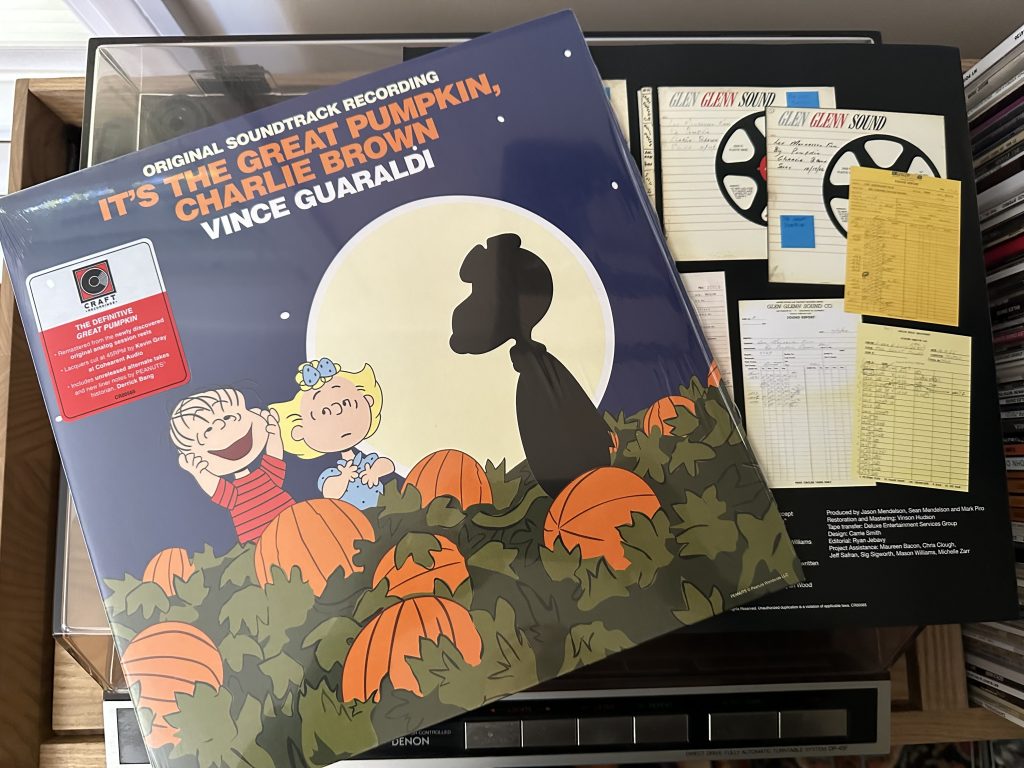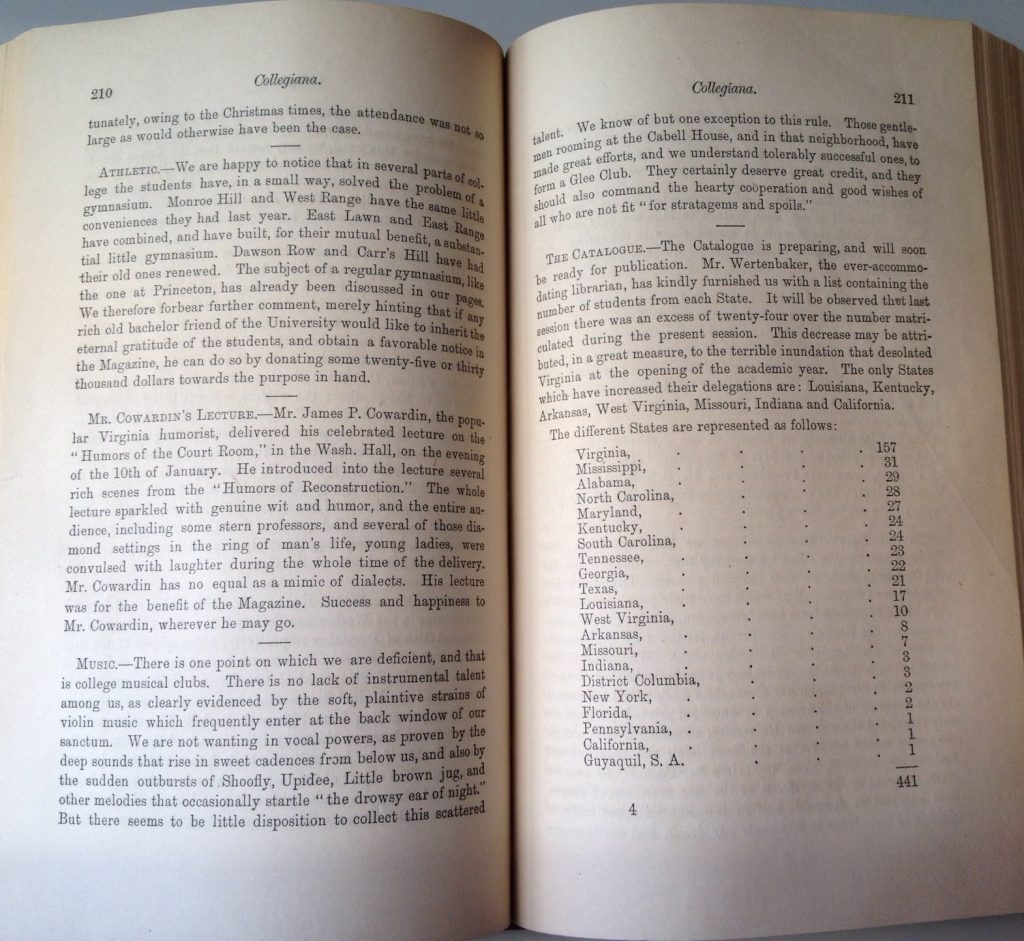
Album of the Week, October 8, 2022
I suspect most of my readers of the Generation X or late Boomer variety have a common introduction to jazz. A jaunty melody made out of rising fifths and fourths, a syncopated dance in the right hand, an excited shout to a sibling to come downstairs to watch the latest Charlie Brown television special. Vince Guaraldi made music that was synonymous with those characters. So much so, perhaps, that it’s easy to forget that it wasn’t only music for television. But over the years most of the recordings of the soundtracks for the Charlie Brown specials were only available as the full soundtrack minus the dialog, meaning that if you wanted to listen to the music, you had to tolerate the intrusion of sound effects.
That changed for me a few weeks ago, when a record I had pre-ordered showed up, containing the original recordings, alternate takes, and even some session chatter from the recording sessions for It’s the Great Pumpkin, Charlie Brown. Producer Lee Mendelson’s children went through his effects over the pandemic lockdown and unearthed a box of tapes labeled “Big Pumpkin Charlie Brown.” The record itself is impeccable: a 12” 45RPM record on heavyweight vinyl. The recordings sound alive, and because they aren’t truncated or faded out, you can hear more of the original music. I sat up straighter in my chair on the first play of the “Great Pumpkin Waltz” as it passed the point in the record where I’ve always heard it begin to fade … and kept going.
(Side note: Heavyweight vinyl, usually 180 or 200 grams, means that the record is less likely to warp or transmit vibration during playback. And 45RPM records, due to the physics of their rotation, can play back a higher range of frequencies all the way to the innermost groove of the disk, meaning you get better sounding music.)
The compositions, by both Guaraldi and arranger and composer John Scott Trotter, are evocative as well. “The Great Pumpkin Waltz” manages to simultaneously capture the anticipation of Halloween day, the delicious feeling of a shiver looking out the window at frosted grass and brightly colored foliage from a warm house, and a certain wistfulness that seems to appear without cause. The “Graveyard Theme,” co-composed by Mendelson, is jaunty and also eerie, and sounds much better without the cackling ghouls from the soundtrack. And “Breathless,” a Trotter composition that soundtracks Snoopy’s imaginary journey as the World War One Flying Ace, is downright harrowing, with Ronald Lang’s flute accompanied only by the rapid light footsteps of Colin Bailey’s drums.
The performances overall, in fact, are remarkable. The added range provided by the supplemental instruments, both Lang’s flute and Emmanuel Klein’s guitar, casts familiar numbers like “Linus and Lucy” in Technicolor. There are other touches throughout: the timpani underneath Snoopy’s adventures, the trumpet fanfare. But the most delightful bits are in Guaraldi’s trio with Bailey and Monty Budwig on bass, supplemented by flute lines that sound as though Woodstock was flying overhead, supervising the action. (Ironic that Woodstock wouldn’t appear until several years after these sessions were recorded, on October 4, 1966—a few weeks before Miles pulled his band back together for a residency at the Plugged Nickel.)
I probably could leave this record on the turntable for all of October. The performances sparkle, the mood is precisely autumnal, and it makes me feel like I’m about nine years old again. Not bad for music recorded more than half a century ago.
You can listen to the album here:

